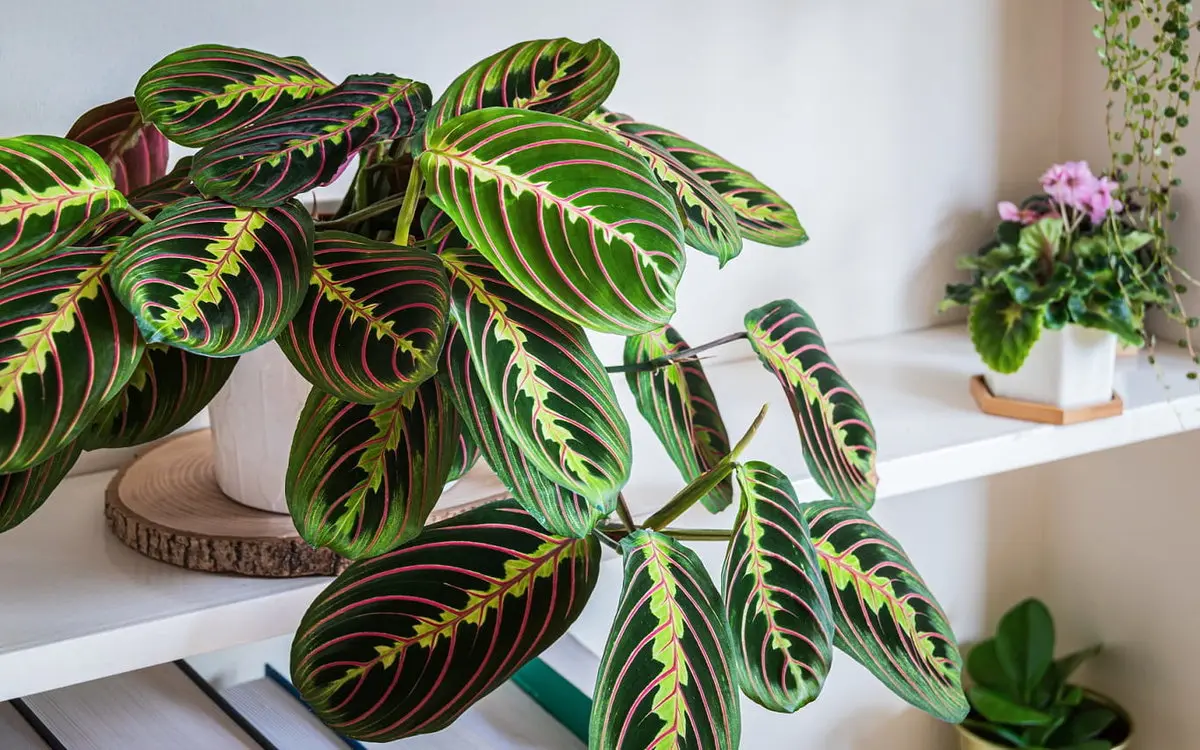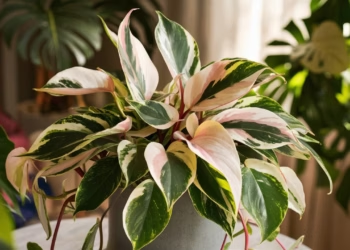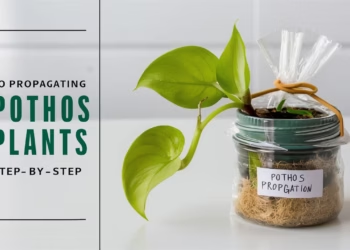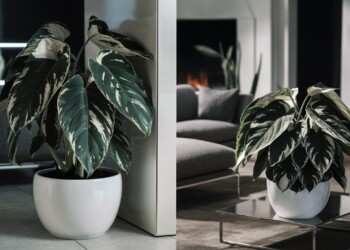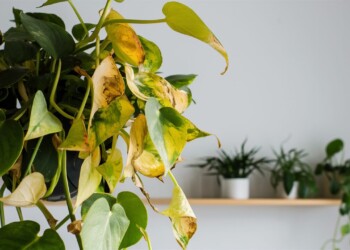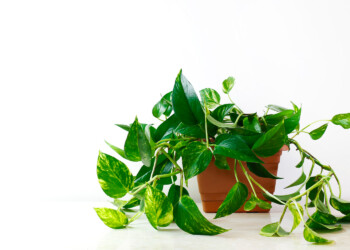Prayer plants, scientifically known as Maranta, are beloved for their striking foliage and unique movements. These plants have gained popularity not only for their aesthetic appeal but also for their relatively easy care requirements. If you’re considering adding a prayer plant to your indoor garden, it’s essential to understand how to care for them properly. In this comprehensive guide, we’ll cover everything you need to know to ensure your prayer plant thrives.
Table Of Contents
Understanding Prayer Plants
What are Prayer Plants?
Prayer plants belong to the Marantaceae family and are native to the tropical regions of Central and South America. They earned their name due to the way their leaves fold together at night, resembling hands folded in prayer.
Varieties of Prayer Plants
There are several varieties of prayer plants, each with its unique leaf patterns and colors. Some popular varieties include Maranta leuconeura (Green Prayer Plant), Maranta leuconeura ‘Erythroneura’ (Red Prayer Plant), and Maranta leuconeura ‘Kerchoveana’ (Rabbit’s Foot Prayer Plant).

How Do You Care For A Prayer Plant: Care Guide
Prayer Plant Light Requirements
Prayer plants thrive in bright, indirect light. Avoid exposing them to direct sunlight, as it can scorch their delicate leaves. Place them near a north or east-facing window for optimal growth.

Prayer Plant Water
Watering constitutes a vital aspect of Maranta care. Strike a balance by watering your plant every 1–2 weeks, ensuring the soil dries halfway between watering sessions. Adapt your watering frequency according to light conditions, as brighter environments necessitate more frequent hydration. Beware of the sensitivity of Marantas to hard tap water; opting for filtered water or allowing water to rest overnight before application proves beneficial.

Humidity
While Marantas tolerate normal room humidity, they prefer high humidity levels. Mist the leaves regularly or place a humidifier nearby to mimic their natural tropical environment.

Temperature
Maintain temperatures between 65°F to 75°F (18°C to 24°C). Avoid exposing prayer plants to drafts or sudden temperature fluctuations.

Soil
Use a well-draining, peat-based potting mix to ensure adequate moisture retention while allowing excess water to drain freely.

Fertilization
Fertilize your prayer plant monthly during the growing season (spring and summer) with a balanced liquid fertilizer diluted to half strength.

Addressing Common Challenges in Maranta Care
Curling Leaves with Brown Tips
- Cause: Inadequate Humidity
- Solution: Increase humidity levels by employing misting techniques or investing in a humidifier.
Washed Out Coloring or Brown Blotches on Leaves
- Cause: Excessive Direct Sunlight
- Solution: Relocate your plant to a shaded area to shield it from harsh sunlight exposure.
Yellowing Leaves and Rotting Stems
- Cause: Overwatering
- Solution: Adjust your watering frequency, allowing the soil to dry out appropriately between watering sessions.

Ensuring Pet and Family Safety
Rest assured, Maranta stands as a beacon of safety within your household, proving non-toxic to both feline and canine companions. However, exercise caution by keeping houseplants out of reach of small children and pets to prevent any potential mishaps.

Prayer plants, with their captivating foliage and easy care requirements, make excellent additions to any indoor garden. By providing them with the right conditions, including proper lighting, watering, and humidity levels, you can enjoy their beauty and unique movements for years to come. With the tips provided in this guide, you’re well-equipped to care for your prayer plant and watch it thrive in your home.
FAQs
Do prayer plants like direct sunlight?
No, prayer plants (Maranta species) prefer bright, indirect sunlight. Direct sunlight can cause their leaves to burn or scorch. Place them in a location with filtered or indirect sunlight, such as near a window with sheer curtains.
How do I keep my prayer plant happy?
To keep your prayer plant happy:
- Provide bright, indirect sunlight.
- Keep the soil consistently moist but not waterlogged. Water when the top inch of soil feels dry to the touch.
- Maintain high humidity by misting the leaves, using a humidifier, or placing the plant on a tray filled with pebbles and water.
- Avoid cold drafts and sudden temperature fluctuations.
- Fertilize sparingly during the growing season with a balanced fertilizer diluted to half strength.
Where should I place my prayer plant?
Place your prayer plant in a location with bright, indirect sunlight, such as near a north or east-facing window. Avoid placing it in direct sunlight or areas with drafts or temperature extremes.
How often do you water a prayer plant?
Water your prayer plant whenever the top inch of soil feels dry to the touch, typically every 1-2 weeks. Adjust the frequency based on factors like temperature, humidity, and pot size.
How do I know if my prayer plant is happy?
Signs that your prayer plant is happy include:
- Vibrant, colorful leaves with no signs of discoloration or wilting.
- New growth emerging from the center of the plant.
- Healthy, firm stems and roots.
- Regular production of new leaves.
Do prayer plants like to hang or climb?
Prayer plants do not climb like some other vining plants. While they can be grown in hanging baskets, they are not true trailing plants. They are more commonly grown in pots or containers on tabletops or stands. However, you can prune and shape the plant to encourage a bushier growth habit if desired.
